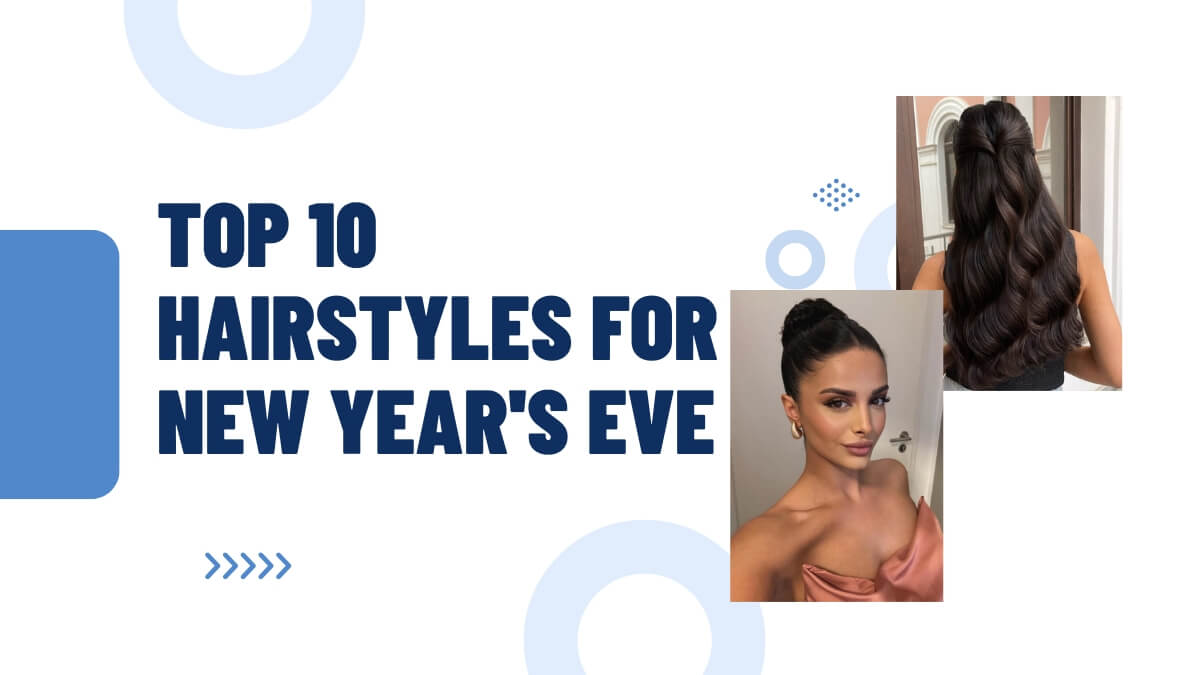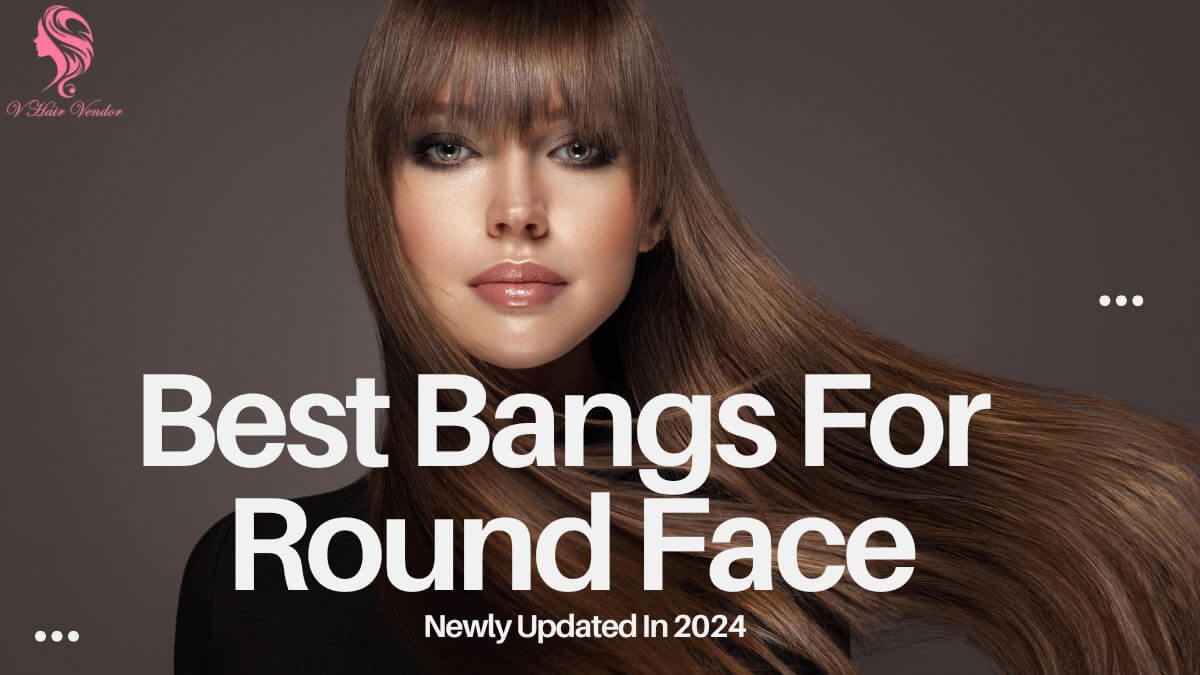The evolution of ancient Chinese hairstyles female was not a matter of change in fashion but a deep reflection of historical and cultural development.
The evolution of ancient Chinese hairstyles female reflects the rich tapestry of the country’s cultural, social, and political history. In this exploration, we will delve into the diverse hairstyles of ancient Chinese women, uncovering their significance and the artistry behind them throughout the ages.
Contents
1. Influences on ancient Chinese hairstyles female
From the fancy hairstyles of the nobility to the simple ones of the common people, a lot is said by each different hairstyle. These influences put in context ways that ancient women used ancient Chinese hairstyles female as a symbol of identifying themselves.
- Social norms: Noble women wore more elaborate fashions with gaudy ornaments, and commoners had simpler buns and braids. Married women often wore more complicated styles, signaling their status; younger sisters wore no ornamentation, signaling innocence.
- Regional differences: Regional differences include the elaboration of styles in the north due to the Tang Dynasty’s opulence. On the contrary, southern China, especially in the Song Dynasty, focused on low-key yet graceful styles with the simplicity and elegance typical of this region.
- Influences of literature and art: Classical poetry, describing the cascading hair of beauties, and historical records and paintings of the intricacies of female chinese hairstyles popular figures in literature such as empresses and court beauties-set trends that women emulated through the dynasties, influencing hair fashion across centuries.
These were the hairstyles that denoted beauty and identification of culture that stood and are still remembered in the annals of ancient Chinese culture, influencing today’s fashion and hair-styling trends.

2. The evolution of ancient Chinese hairstyles female
The history of ancient Chinese hairstyles female is interestingly intertwined with the country’s development in culture, tradition, and aesthetics. With each dynasty came newly developed trends and iconic hairstyles that were deeply connected with social class.
2.1. Qin Dynasty
‘Shenxian Ji’ was popular during the Qin Dynasty. The name comes from mythological stories, for it means ‘fairy’ or ‘immortal’. In some of the legends, the hairstyles of the celestial ‘Wangmu Niangniang’ are very beautiful and thus were followed by a lot of noblewomen in those times so that the hairstyle became the acme of the art of hairdressing.

2.2. Han Dynasty
During the Han Dynasty, ancient Chinese hairstyles female were relatively more graceful and became quite sophisticated. There were two major iconic hairstyles from that time: one was called Yunbin, and the other was Qiaoji.
- Yunbin: It consists of a high, cloud-shaped bun that sits on top of the head. Sometimes, it needed some supportive hairpieces and pins to keep its shape and height. It symbolized elegance and was more customary for women from a higher class.
- Qiaoji: The hairstyle, which was more cumbersome, includes twisting and braiding strands of hair before looping them into a bun. The employment of elaborate hairpins and combs contributed to the sumptuousness of the outlook.
As the Han Dynasty flourished, so did the intricacy and symbolism of its hairstyles, with Yunbin and Qiaoji becoming markers of status that would inspire future trends.

2.3. Tang Dynasty
The Tang Dynasty is often referred to as the ‘Golden Age’ in Chinese history, with cultural flourishing and artistic achievements.
- High Bun: Most women in the Tang Dynasty often tied their hair in high buns that reached the top of their heads, fastened with decorative hairpins. The high bun symbolized status and life in that the classes had more decorative ones, ornamented with flowers, jewels, and precious metals.
- The Phoenix Coronet: With this coiffure, there also existed the related and matching headpiece, called the phoenix coronet. This was a crown-like headpiece that was worn to denote power and womanliness. For those of noble birth, this gold headpiece is full of pearls and jewels like jade.
- Feixian Ji: Known as the “Flying Immortal Hairstyle,” Feixian Ji was characterized by cascading loose hair into an appearance much ethereal. The design of this hairstyle was inspired by some celestial figures in Chinese mythology.
With its rich cultural and artistic achievements, The Tang Dynasty saw the height of opulence in ancient Chinese hairstyles female, where high buns and decorations symbolized wealth and influence.

2.4. Song Dynasty
During the Song Dynasty, the extravaganzas of ancient Chinese hairstyles female seen during the Tang period gave way to simplicity and elegance.
- Wan Ji: “Ten Thousand Buns” is a simple hairstyle with a modest updo in which one gathers the hair behind the head into a neat bun. This hairstyle represents the Confucian traits of modesty that were enshrined in the Song Dynasty.
- Liuyun Ji: Translated as the “Flowing Cloud Bun,” it was a style characterized by soft, floating waves framing the face to denote gentleness and grace.
The Song Dynasty brought a return to simplicity and grace, with modest yet refined hairstyles that mirrored the Confucian ideals of modesty and virtue.

2.5. Ming and Qing Dynasties
The Ming and Qing dynasties saw the actual fusions of Manchu and Han styles, coming up with unique hairstyles representative of their merged cultures.
- Manchu-Han Blended Styles: During the Qing Dynasty, the ruling class, Manchu, brought with them new styles and included traditional Han hairstyles. The women of Manchu normally did heavy up-dos and secured them with large, heavily decorated headpieces.
- Da Lachi: This style was one of the main features related to the fashion of the Qing. It included the parting of hair from the middle and then pulling it behind in a large flat bun with decorated accessories. Da Lachi depicted the power and influence of the Manchu court.
Besides representing the different concepts of beauty, ancient Chinese hairstyles female reflect deeper social and cultural changes throughout China’s dynastic history. They were signs of status, culture, and identity that left an immortal mark on Chinese art.
See more:

3. Common accessories and techniques of ancient Chinese hairstyles female
Each ancient chinese hairstyle narrates their own story mostly told by accessories and techniques. Hair care to maintain such a hairstyle speaks volumes of femininity and grace.
3.1 Accessories of ancient Chinese hairstyles female
Hairpins became especially stylish, coming in a range of materials: gold, silver, and even jade. Often, these hairpins sported exquisite form modifications: flowers or animals, et cetera, to represent a likeness of refinement and social status.
Other fashion accessories included “hair combs” and “ribbons,” which imparted grace and elegance in an individual’s hairstyles. Furthermore, women could wear floral wreaths or “ornamental hair pieces,” especially during festivals and ceremonies, representing their culture and way of artistry.
3.2. Techniques of ancient Chinese hairstyles female
Women used much braiding, twisting, and looping of ancient Chinese hairstyles female in making their often-ornate coiffures. One popular style was the “chignon,” where the hair was pulled to the rear of the head and fastened with pins, often with the use of hair ornaments.
The other technique used heat from a wooden stick to curl the hair, giving it soft waves, which were popular during the Tang dynasty. This is the method that laid the foundation for hair curlers to appear later.
3.3. The role of hair care
Women nourished their hair through the constant anointing of hair with natural oils and herbal rinses to keep it shining. Grooming was an everyday activity, and thus combing and washing became an affair of daily life. Special occasions demanded hairstyles to be faultless, and hence it called for additional hair-care routines.
Conclusion
Modernity undoubtedly impresses its presence upon fashion; it is fascinating, though, to witness what marks ancient Chinese hairstyles female have left behind. These elaborate hairstyles are a thought-provoking reminiscence of how beauty, culture, and history intertwined so elaborately in ancient China. The understanding of the evolution of these hairstyles leads to a more profound realization of social expectations that framed the women of that remarkable time.









